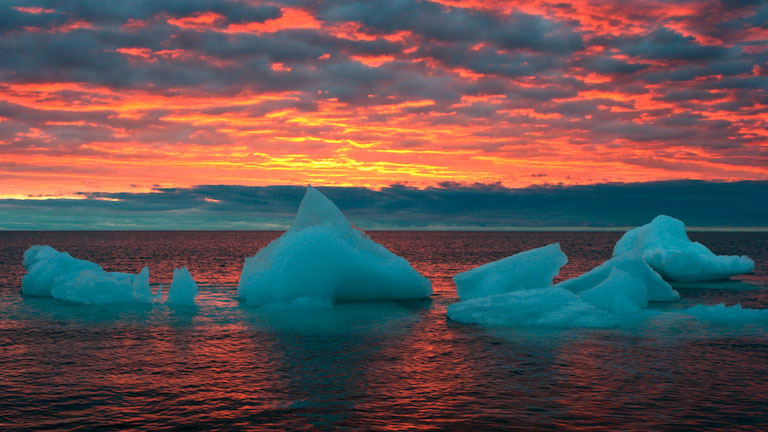Beyond the Gulf: Frontier Regions

In the near term, the Alaskan frontier is likely to attract the greatest attention, and to require the closest scrutiny. The interest in Alaska reflects the likelihood of finding significant new sources of oil in the Chukchi and Beaufort Sea areas off Alaska’s north coast. The Alaskan Arctic is characterized by extreme cold, extended seasons of darkness, hurricane-strength storms, and pervasive fog—all affecting access and working conditions. And oil-spill response efforts are complicated year-round by the remote location and the presence of ice, at all phases of exploration and possible production.
The federal government should undertake an immediate, comprehensive research effort to provide a foundation of scientific information on the Arctic, including annual stock assessments for marine mammals, fish, and birds that use the Beaufort and Chukchi Seas. This initiative should be coordinated with the state of Alaska, native organizations, academic institutions, non-governmental organizations, the private sector, and international partners.
The information generated should be capable of informing decision-making related to oil and gas leasing, exploration, and development and production in the Arctic; measuring and monitoring impacts of oil and gas development on Arctic ecological resources; natural resource damage assessment should an oil spill occur and protocols in any treaty negotiated among the Arctic nations. The need for additional research should not be used as a de facto moratorium on activity in the Arctic, but instead should be carried out with specific timeframes in mind in order to inform the decision-making process.
Oil exploration in the Arctic has an important international component. Strong standards related to Arctic oil and gas activities should be established among all the countries of the Arctic, and the United States should play an important leadership role in securing these vital safeguards.
